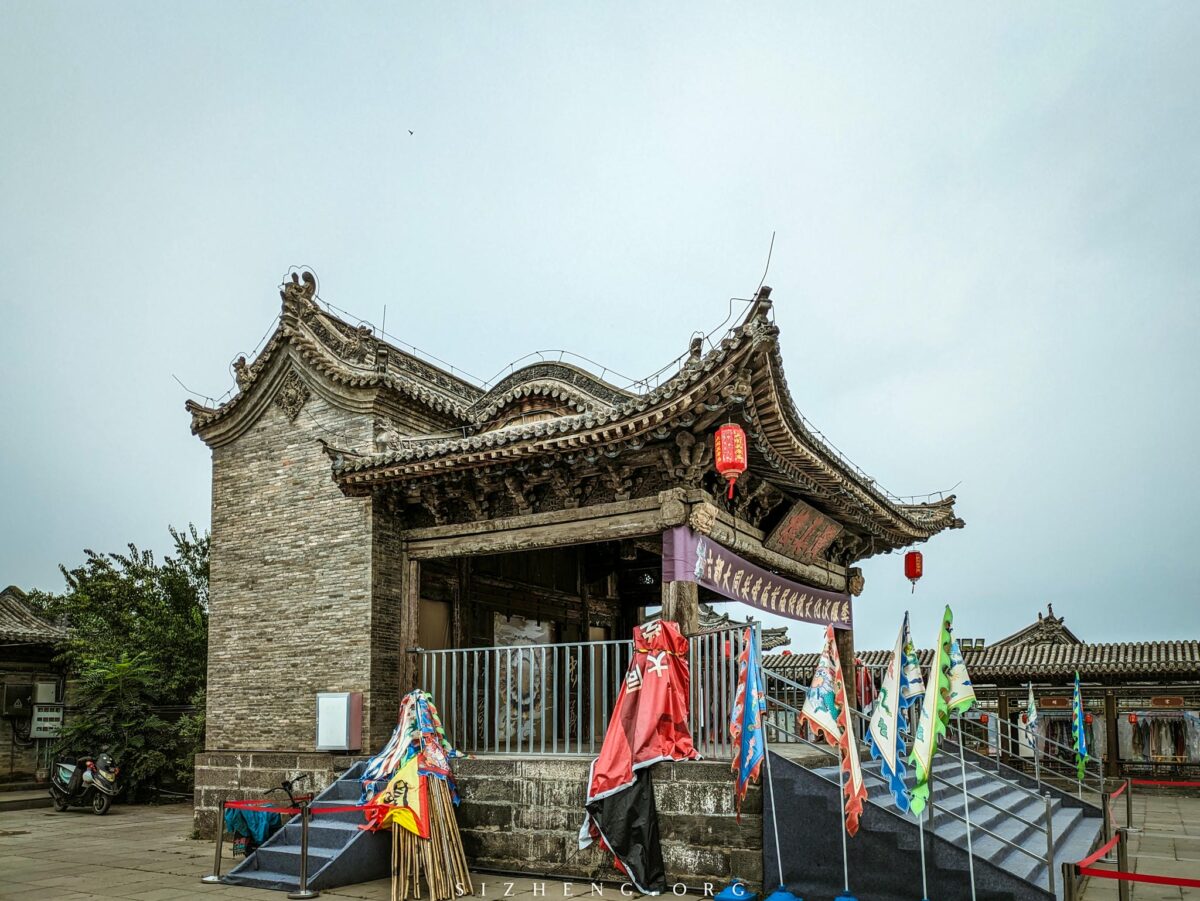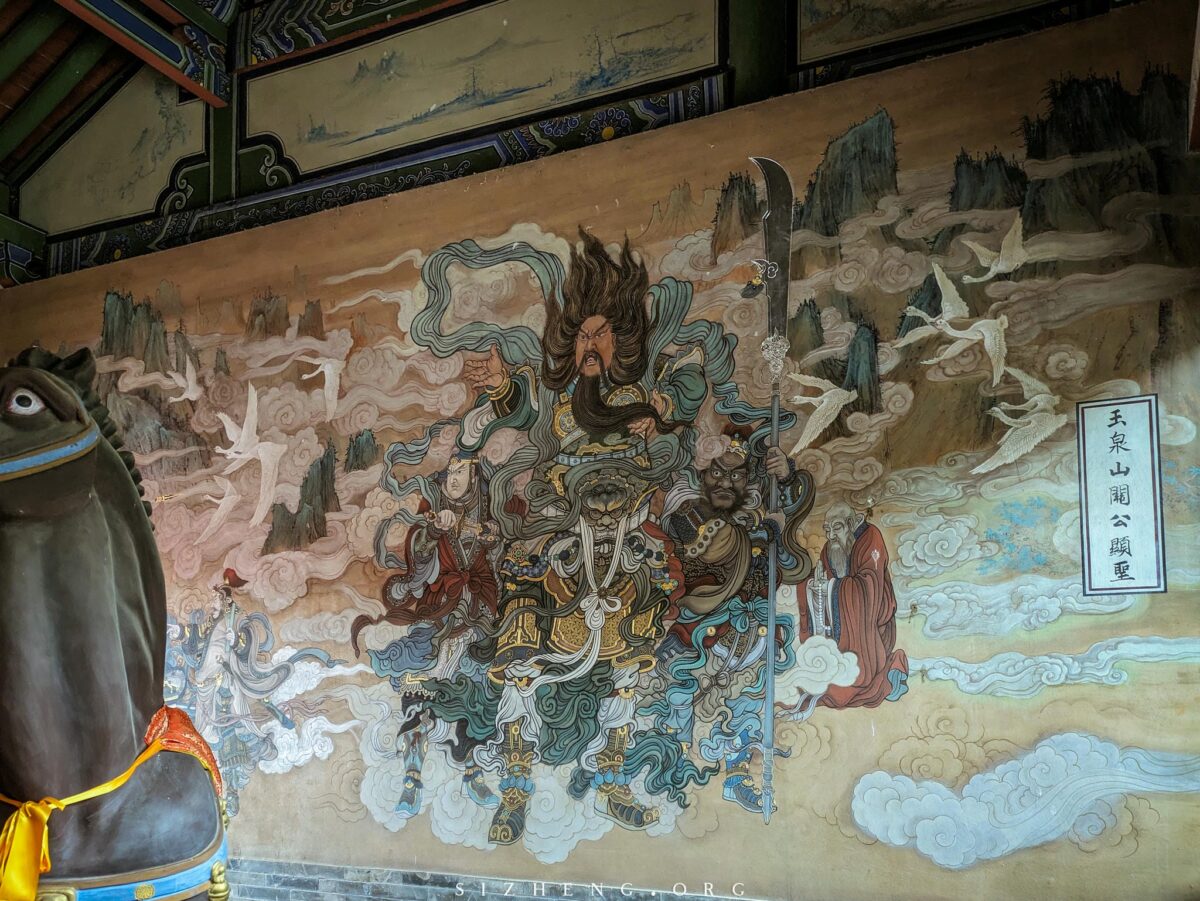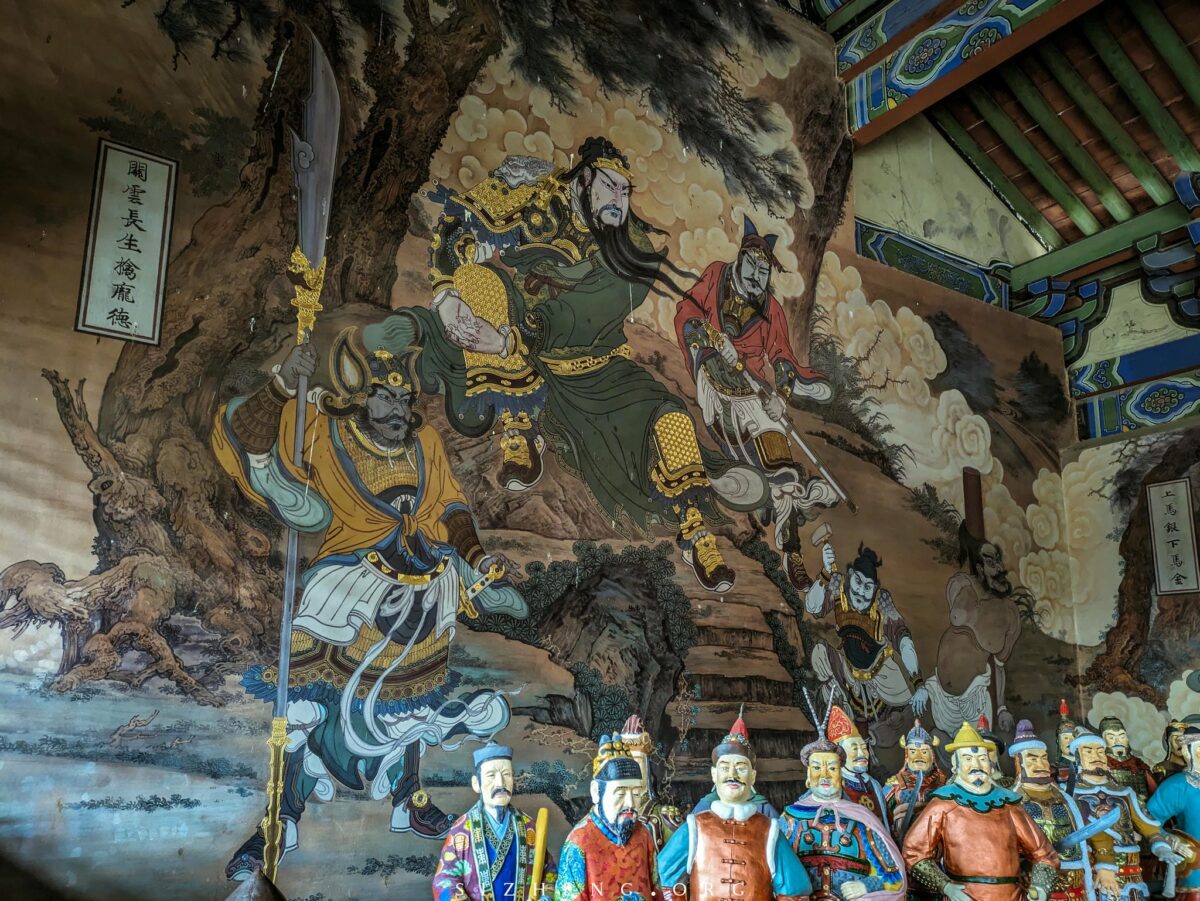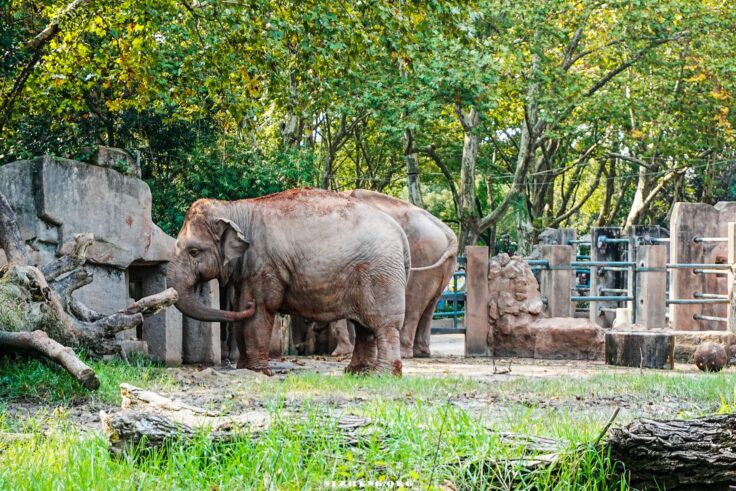The Guandi Temple, commonly known as the Great Temple, is dedicated to the revered general Guan Yu. It was originally constructed during the Yuan Dynasty and remains a precious architectural relic.
Free to enter, and the opening time is from 08:30 to 17:30 everyday.
Architecture and Layout of Guan Di Temple
The temple’s main hall faces north and features a single-eave, nine-ridge gabled roof adorned with colorful glazed tiles. It is a remarkable example of Ming and Qing architectural styles. The temple complex includes the main gate, side halls, and the iconic stage for theatrical performances during festivals and Guan Yu’s birthday celebrations. The entire structure exudes elegance and reflects the spirit of loyalty, righteousness, benevolence, and courage associated with Guan Yu.

At the heart of the temple stands the main hall, which spans three bays in width and two bays in depth. Its roof, with its intricate ridges, adds to its grandeur. Inside, the main hall features two inner columns, each supporting finely carved wooden shrines. The overall design showcases the architectural sophistication of the Qing Dynasty.

Mural Stories about Guan Yu

Guan Yu’s Revelation at Yuzhuang Mountain
In ancient times, on Yuzhuang’s sacred peak, Where mist-clad pines whispered secrets to the wind, A tale unfolded—a warrior’s restless soul, Bound by honor and vengeance, seeking solace.
Guan Yu, the valiant general of yore, Known far and wide for his unwavering loyalty, Fell victim to Wu’s treachery, his life cut short, Yet his spirit lingered, unresolved, in the mortal realm.
One moonlit night, as the breeze danced through bamboo, A wandering monk named Pu Jing ascended the slopes, His saffron robes trailing like prayer flags, Guided by unseen forces to the heart of Yuzhuang.
There, atop the mountain, he encountered a presence— A spectral figure, fierce and resolute, Clutching an ethereal blade, eyes aflame, The very essence of valor and devotion.
“Restore my severed head!” the warrior cried, His voice echoing across the mist-shrouded peaks, “For I slew Yan Liang and Wen Chou, And vanquished six generals in my earthly days.”
But Pu Jing, wise and compassionate, Raised his hand in gentle admonition: “Past deeds shape destiny, yet all things change, The cycle of cause and effect unyielding.”
He spoke of Guan Yu’s valorous feats, Of the Red Hare steed and the Green Dragon Crescent Blade, Yet reminded him that vengeance begets suffering, And the quest for retribution binds the soul.
Enlightened, Guan Yu bowed before the monk, His fierce resolve tempered by newfound wisdom, And thus, he embraced the Dharma’s path, Becoming a guardian spirit of Yuzhuang forevermore.
And so, pilgrims still ascend those ancient slopes, To honor the warrior who transcended earthly strife, Where stone inscriptions bear witness: “Han Yun Chang’s Sacred Manifestation.”

Guan Yu’s Triumph: Pang De Captured
In ancient days, on Yuzhuang’s shores, Guan Yu, the valiant, waged his war. Besieging Fancheng’s walls, he stood, As rainclouds gathered, fate’s design unfurled.
Pang De, stalwart defender, held the line, Yet swollen waters surged, a force divine. Han River overflowed, its wrath unbound, Seven armies trapped, their fate unwound.
Guan Yu seized the moment, swift and keen, His waterborne assault, a daring scheme. Boats attacked, arrows rained upon the dyke, Pang De’s resolve wavered, courage spiked.
“Yield!” Guan Yu’s voice echoed o’er the flood, But Pang De, unyielding, stood firm in the mud. The river’s rage engulfed them both, Until surrender’s bitter truth he spoke.
Yet stubborn still, Pang De defied his fate, Refusing submission, sealed by valor’s gate. Guan Yu’s blade fell, swift and true, Pang De, noble adversary, bid adieu.
Thus, history etched this tale in gold, Guan Yu’s triumph—a saga bold. Water’s embrace, a conqueror’s hand, Pang De captured, in Yuzhuang’s land.
Note: The historical account may differ slightly from the fictionalized version in “Romance of the Three Kingdoms.”
In summary, the Guandi Temple in Datong is a historically significant and culturally rich heritage site that is well worth a visit.








Leave a Reply